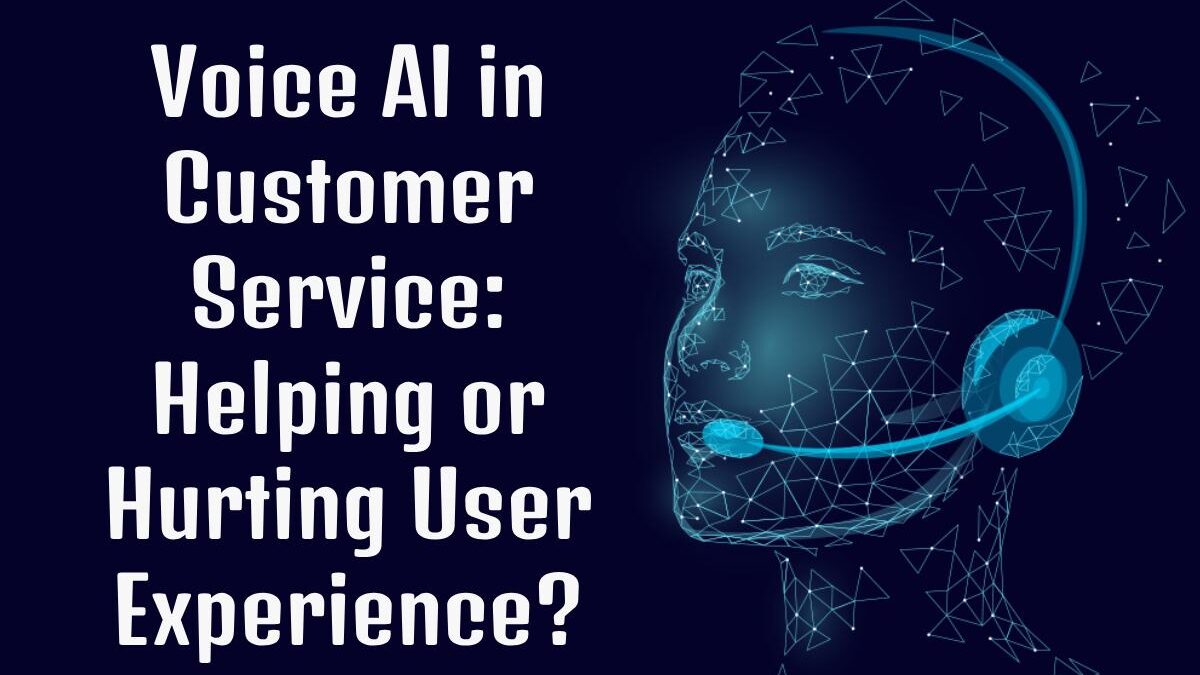These days, when you call a company, you might not talk to a person right away. Instead, a computer voice might greet you, ask what you need, and try to help. This is called Voice AI, basically, a smart robot that understands and talks like a person. Companies use it to answer questions quickly and work around the clock. Sometimes it’s really helpful. Other times, it’s just frustrating. The big question is: are these voice systems making customer service better, or are they just making it harder to get real help?
Table of Contents
Fast, But Not Always Friendly
Voice AI can be super fast. You don’t have to wait forever for someone to answer, and it remembers your info so you don’t have to repeat yourself. That’s great when you just need a quick answer. But if the robot doesn’t understand what you’re saying, it can be annoying. You might get stuck repeating things or yelling “talk to a person!” It’s cool that companies want to save time, but sometimes speed isn’t everything. People still want to feel like someone is really listening, not just getting rushed through a script.
Protecting Your Info Behind the Scenes
Most people don’t think about this, but when you’re talking to Voice AI, you might be giving out personal details, like your address or account number. That info needs to stay safe. That’s why some companies use something called threat intelligence. It’s a smart way to watch out for hackers or fake calls trying to steal your data. Even though you don’t see it, threat intelligence helps keep your information protected while you’re just trying to get your questions answered.
When It Actually Works Well
Voice AI is great for simple stuff. Need to check your delivery status? Done. Want to confirm a dentist appointment? Easy. These kinds of things don’t need a human to help. It’s also helpful late at night or when phone lines are super busy. But if your problem is confusing or if you’re upset, talking to a robot won’t make you feel better. That’s when a real person is needed. Good companies know the difference and use AI only when it really makes sense.
Making Robots Sound More Human
One big complaint is that voice AI sounds boring or too robotic. People get annoyed when it doesn’t understand feelings or says the same thing over and over. That’s why new systems are learning to talk better. They’re starting to pick up on tone, like if you sound angry or confused, and they respond in a more natural way. Some even learn local accents. Still, they can’t replace real people. That’s why smart companies let you switch to a human when the robot gets stuck or things get complicated.
What’s Next for Voice AI?
Voice AI isn’t going away anytime soon. It’s getting better, but it still has a long way to go. If companies use it the right way, to make things faster and easier, it can really help. But if they only use it to cut costs and avoid hiring real people, customers will notice and won’t be happy. In the end, the best customer service is about helping people feel heard and respected, whether it’s from a person or a computer voice that knows when to say, “Let me get someone to help you.”

